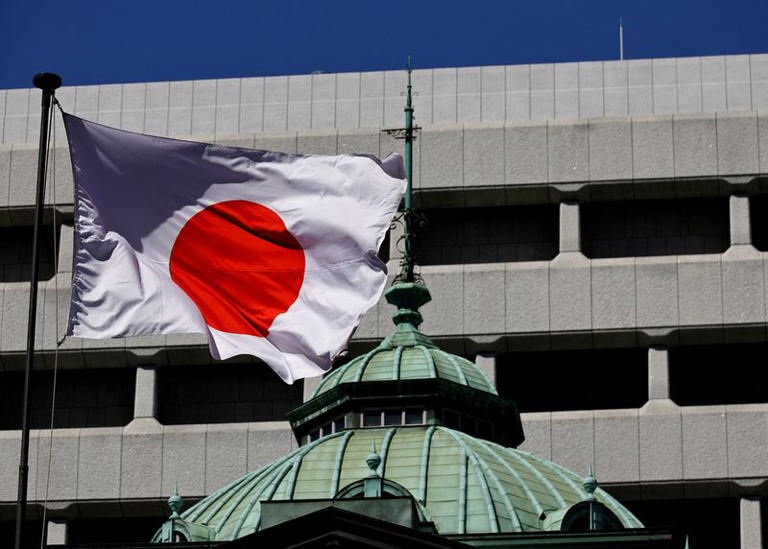The Bank of Japan (BOJ) recently conducted discussions in June regarding the potential for an interest rate hike in the near term, as outlined in a meeting summary released on Monday. This meeting highlighted a significant divergence of opinions among policymakers concerning the timing and necessity of adjusting interest rates, driven primarily by mounting concerns over rising inflationary pressures within Japan’s economy.
During the discussions, some members of the BOJ’s board expressed a pressing need for an immediate increase in interest rates. Their rationale stemmed from a proactive approach to preempting potential overshoots in inflation expectations. These members pointed to recent declines in the value of the yen, which they believed could lead to upward revisions in the BOJ’s inflation forecasts. They argued that maintaining the current accommodative monetary policy stance might not suffice to adequately address the escalating risks posed by inflation.
Conversely, other policymakers advocated for a more cautious approach. They emphasized the importance of closely monitoring economic data, particularly the impact of rising wages on consumer spending dynamics. These members expressed concerns about prematurely tightening monetary policy, cautioning that insufficient growth in consumer spending could hinder the broader economic recovery. They argued for a thorough assessment of whether increased wages would effectively stimulate consumption and contribute to sustained economic expansion.
Despite the divergence in opinions regarding the timing of rate hikes, the BOJ signaled a gradual shift towards normalizing its monetary policy framework. At the June meeting, the central bank opted to maintain short-term interest rates within the existing range of 0-0.1%. However, it also announced plans to outline a detailed strategy in the coming months for reducing its substantial balance sheet—a significant step towards normalization.
Market analysts and participants have been closely monitoring the BOJ’s policy trajectory, with expectations divided on the timing of potential rate hikes. While some anticipate an increase as early as July, others foresee adjustments later in the year, contingent upon incoming economic indicators. The central bank’s decisions will likely hinge on ongoing assessments of inflation trends and wage developments, crucial factors that influence its monetary policy stance.
Japan’s core inflation rate reached 2.5% in May, exceeding the BOJ’s 2% target for an extended period. This acceleration was primarily driven by higher energy costs, underscoring persistent inflationary pressures within the economy. The weakening of the yen has added complexity to the BOJ’s policy considerations. While a depreciated yen supports inflation by raising import prices, it simultaneously raises living costs for households, potentially dampening consumer spending—an essential component of economic recovery.
Looking ahead, the BOJ aims to adjust interest rates to levels that strike a balance between managing inflationary pressures and supporting sustainable economic growth. Analysts speculate that this equilibrium could fall within a range of 1-2%, aligning with the central bank’s objectives to steer the economy towards stable expansion.
In navigating these challenges, the BOJ reiterated its commitment to basing monetary policy decisions on domestic inflation trends and wage dynamics rather than reacting to short-term fluctuations in the foreign exchange market. This strategic approach underscores the BOJ’s prioritization of long-term economic stability and effective inflation management.
In conclusion, Japan’s central bank faces a pivotal juncture as it seeks to navigate the delicate balance between addressing inflation risks and fostering economic recovery. The upcoming policy meetings, including the scheduled session on July 30-31, will be closely monitored for insights into the BOJ’s evolving strategy and its implications for Japan’s economic outlook.
